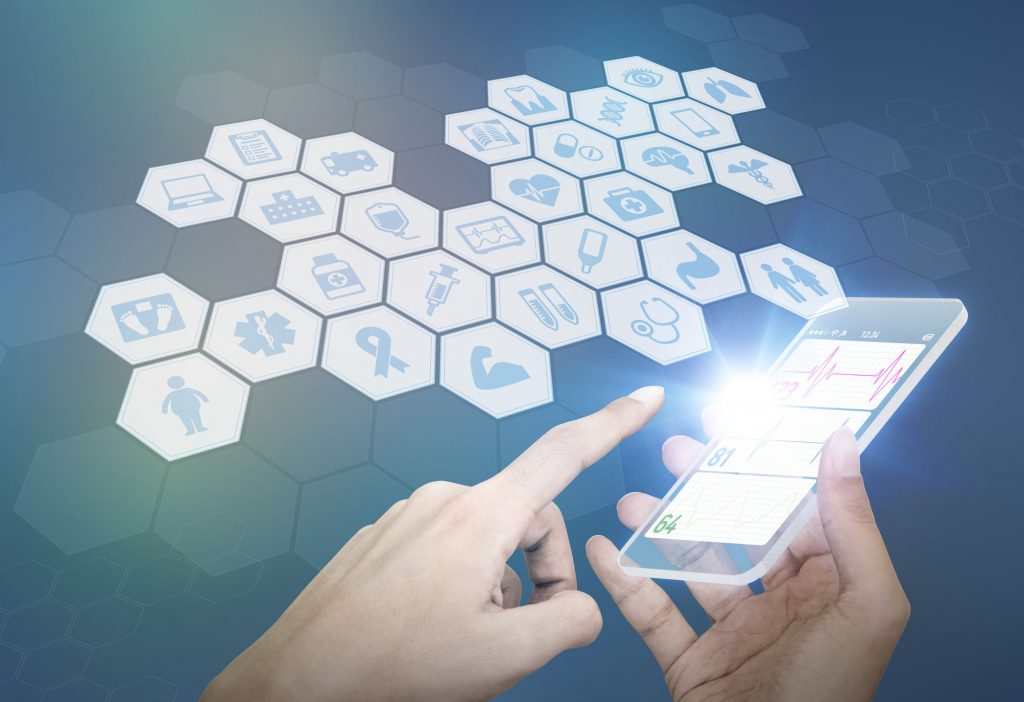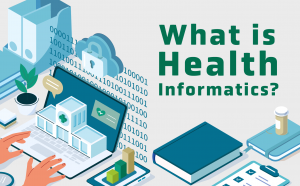The journey toward fully interoperable health systems is moving into a new era. As developers and government regulators learn how to dance together, or at least around one another, one thing has become clear: The pathway to interoperability involves application programming interfaces, or APIs.
What is an API?
APIs are, essentially, a bridge between applications, an intermediary between software systems that makes it possible for applications to communicate and share data with one another. In the current environment, Representational State Transfer, or REST APIs are the most commonly used. These are preferred because they work on HTTP protocol, the foundation for communication over the web. Also, with REST APIs, a portion of a service is opened up, but the rest of its functionality is protected.
An example of this would be creating an account on a news website with your Facebook profile. You can share stories directly to your Facebook or comment on articles using your Facebook information, but you can’t post pictures of your vacation to the news site and have them end up on Facebook. The systems communicate and complement one another, but are not one and the same.
While these types of APIs are proliferating, open APIs are also available in abundance and software developers love them. These APIs are published on the internet and are shared widely. Third party developers are free to tinker and create new ways to use that technology, often a vital source of innovation.
APIs in Healthcare
The 21st Century Cures Act emphasized the use of APIs in healthcare, aiming to give the Office of the National Coordinator for Health IT whatever resources it needed to encourage the development of modern APIs that have the power to increase electronic health record (EHR) interoperability and perfect record matching. In doing so, it recognized that other industries have at least some type of open API for developers to use.
“You think of the world that exists outside of the healthcare industry and if we could bring those modern APIs into healthcare we could see a lot more innovation, which would give providers more usable systems and patients more access to their information on their own devices,” Genevieve Morris, Principal Deputy National Coordinator at the ONC said.
Many of the leading technology companies on the planet have embraced open APIs in some way or another, from Facebook to Google Maps and PayPal.
Innovations related to services that use open APIs almost always benefit the end user, or in the case of healthcare, the patient. And it’s no longer optional.
The dawn of 2018 brings with it the start of stage 3 of the Meaningful Use program from the ONC and the Centers for Medicare and Medicaid Services, which mandates that healthcare providers give patients access to their healthcare data using APIs.
Open APIs are necessary to innovate on a large scale, as they open doors to developers to bridge the gaps that interfere with interoperability. In doing so, they can create an ecosystem for patient information to move between applications, providers and patients. As Zane Berk, President of Health IT solutions firm Cerner, writes for Healthcare IT News:
“Standardized APIs will extend the functionality of electronic health records and other emerging solutions by establishing the technological foundation for providers to share information and enabling apps that can be used by patients and providers to improve care.”
Patient Centered Care
This is an important facet of patient engagement efforts aimed at putting the patient at the center of their healthcare decisions. That patient involvement also plays into the value based care movement, which is aimed at educating patients about their own health and giving them the power to steer the decision making process.
“When consumers are actively involved in their care plans, providers are better able to tailor care, monitor progress and intervene at critical times,” Berk writes.
There are other factors that will influence the developments around APIs.
Regulations on information blocking beckon, the trusted exchange framework is progressing and blockchain technology has the potential to create a higher level of data security than we’ve seen to date. But APIs are the next step toward creating higher patient engagement, value based care and improved outcomes.
“We’ve seen an increase in patients accessing their data. Now, four-in-10 individuals have access to their medical data,” says Morris. “I use my provider’s patient portal all the time to message my provider and look at physician notes. Five years ago, that wasn’t something I could do.”




